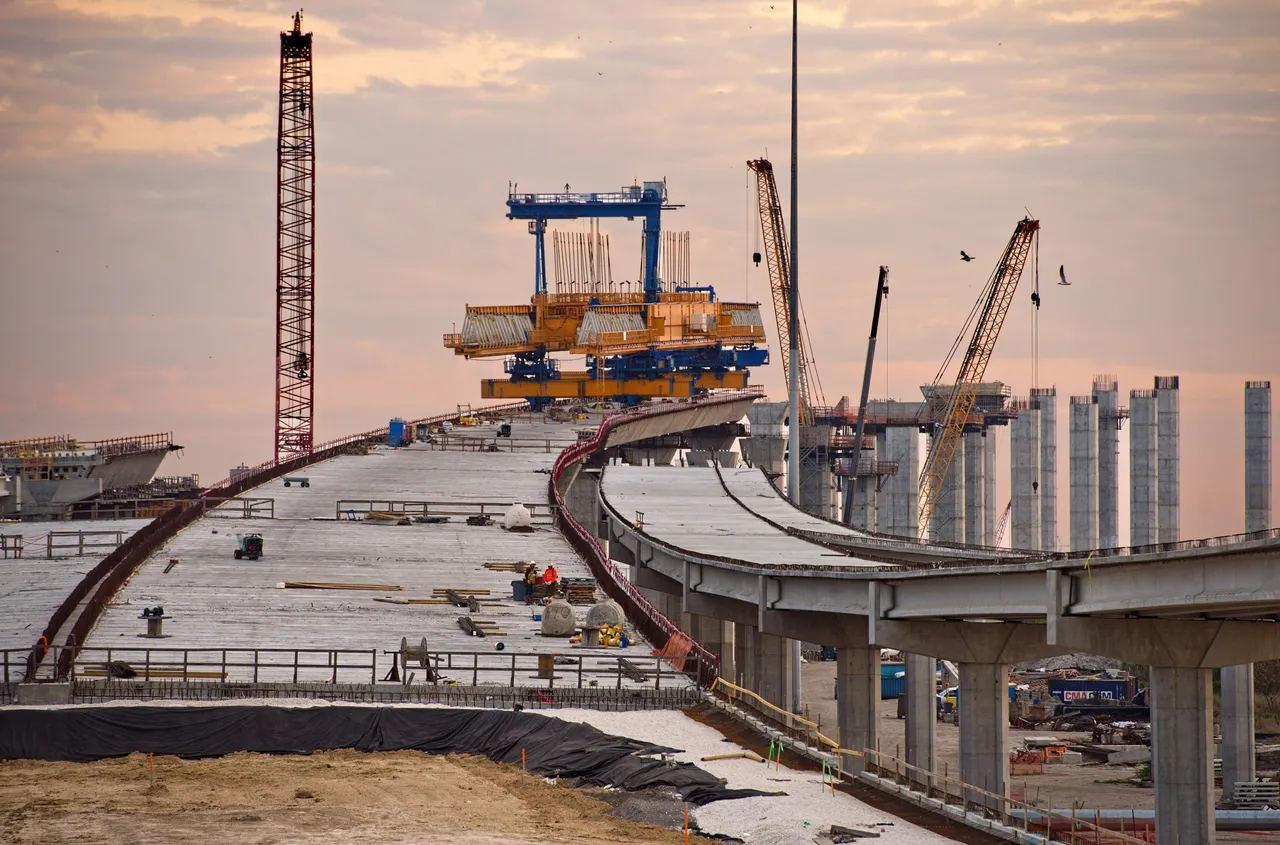
Infrastructure refers to the fundamental facilities and systems necessary for the functioning of a society, such as roads, bridges, airports, seaports, water supply, sewage systems, electrical grids, telecommunications networks, and public buildings. Infrastructure is critical for the economic development and prosperity of a country, as it enables the efficient movement of people, goods, and services, and provides essential services to the population.
There are several types of infrastructure, including:
- Transportation: This includes roads, highways, bridges, tunnels, airports, seaports, and public transportation systems such as buses, trains, and subways.
- Energy: This includes power plants, transmission lines, distribution systems, and storage facilities for energy sources such as electricity, gas, and oil.
- Water and sewage: This includes water treatment plants, pipelines, reservoirs, and sewage systems for the collection, treatment, and disposal of wastewater.
- Communication: This includes telephone lines, fiber optic cables, satellite communications, and Internet connectivity.
- Public building: This includes government buildings, schools, hospitals, courts, and other public facilities that are essential for the functioning of a society.
- Green: This includes parks, gardens, green roofs, and other natural and artificial spaces that provide environmental benefits, such as reducing storm water runoff, improving air quality, and mitigating the urban heat island effect.
- Waste management: This includes facilities and systems for the collection along with the processing of sewage.
Types of Infrastructure:
- Hard Infrastructure: The tangible, physical structures we readily see and interact with:
- Transportation: Roads, highways, bridges, tunnels, railways, airports, ports.
- Utilities: Power grids, water supply and sewage systems, telecommunications network.
- Buildings: Schools, hospitals, government buildings, residential and commercial structures.
- Soft Infrastructure: The less visible, but equally crucial systems that facilitate social and economic development:
- Education: Schools, universities, vocational training institutions.
- Healthcare: Hospitals, clinics, healthcare systems.
- Legal and financial institutions: Courts, law enforcement agencies, banks, financial markets.
Why Infrastructure Matters:
- Economic Engine: Efficient infrastructure fuels trade, creates jobs, and facilitates the movement of goods and services.
- Quality of Life: Safe water, reliable electricity, and accessible transportation enhance health, education, and overall well-being.
- Resilience: Strong infrastructure helps communities withstand natural disasters and cope with challenges like climate change.
- Connectivity: Communication networks keep us connected, enabling social interaction, business transactions, and knowledge sharing.
Challenges and Innovation:
- Aging Infrastructure: Many countries face issues with aging and deteriorating infrastructure, requiring investment in upgrades and maintenance.
- Sustainability: Infrastructure development needs to become more environmentally friendly, incorporating renewable energy sources and green technologies.
- Technological Advancements: New technologies like automation, artificial intelligence, and smart grids offer opportunities to improve efficiency and resilience.
